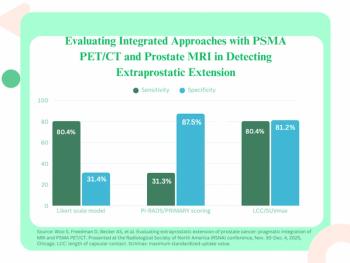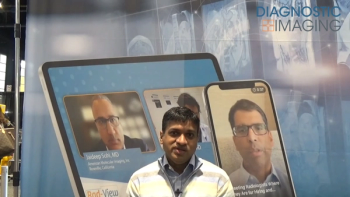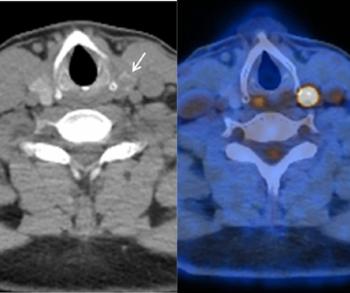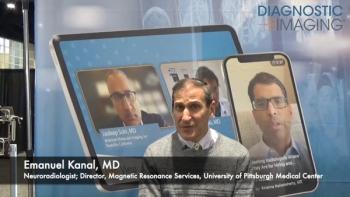
Where the USPSTF Breast Cancer Screening Recommendations Fall Short: An Interview with Stacy Smith-Foley, MD
In a recent interview, Stacy Smith-Foley, M.D., shared her perspective on the shortcomings of the recently issued breast cancer screening recommendations from the United States Preventive Services Task Force (USPSTF).
Stacy Smith-Foley, M.D., was pleased to see the United States Preventive Services Task Force (USPSTF) realign with the American College of Radiology (ACR) and the Society of Breast Imaging (SBI) in recommending mammography screening to begin at 40 years of age for women of average risk for breast cancer.
However, in a recent interview, Dr. Smith-Foley expressed disappointment with the
Yearly mammography screening gives women the best chance for early breast cancer detection, emphasized Dr. Smith-Foley, the medical director of the Breast Center at the Central Arkansas Radiation Therapy Institute (CARTI) in Little Rock, Arkansas.
“When women skip their mammogram intentionally or unintentionally, … we tend to find more advanced disease. The breast cancer is larger, it is more extensive, it is more often a higher grade and more frequently involves the axilla with local regional metastasis. What I see in clinical practice is that when we have these gaps or delays (with mammography screening), the disease is more extensive,” explained Dr. Smith-Foley.
(Editor’s note: For related content, see “
Dr. Smith-Foley also disagrees with the USPSTF’s assertion of insufficient evidence to continue annual mammography screening in women 75 and older.
“I have a whole collection of patients under my care in their 80s and 90s who presented to me with locally advanced breast cancer that would have been detected at an earlier stage if they had been participating in yearly screens,” maintained Dr. Smith-Foley.
For more insights from Dr. Smith-Foley, watch the video below.
Newsletter
Stay at the forefront of radiology with the Diagnostic Imaging newsletter, delivering the latest news, clinical insights, and imaging advancements for today’s radiologists.




























